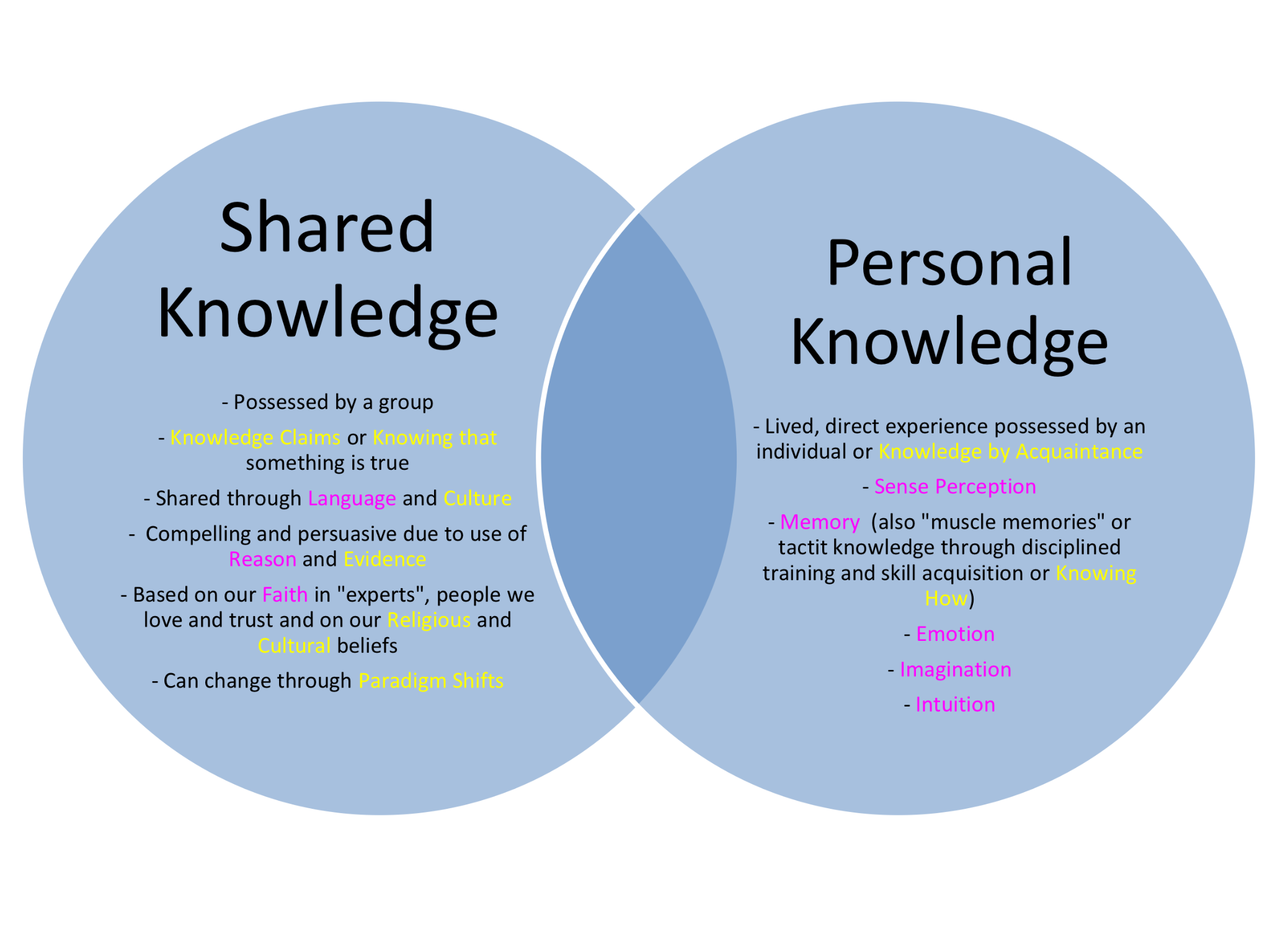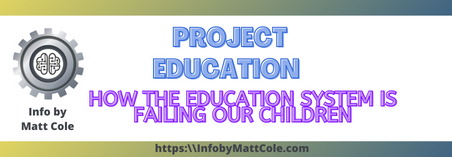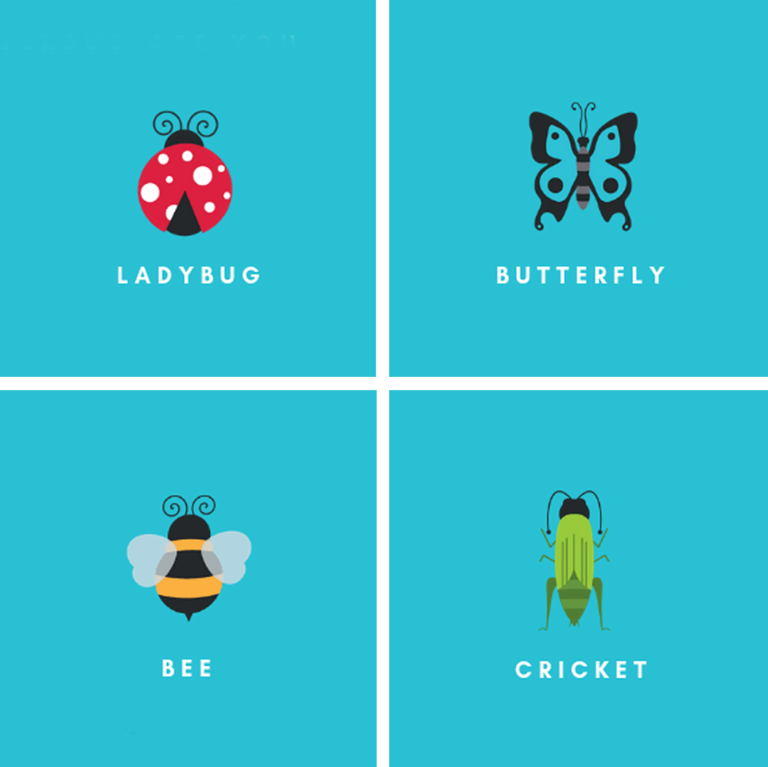


What I need is to make my own personal information bank. Over time, I realized I seem to have forgotten more than I currently know. This is done due to information changing, advancing, growing and at times being discarded or inaccurate.
What I should had been doing is creating a personal knowledge system, or bank to keep those precious notes, thoughts and references.
C.S. Lewis stated the following:
I think this is a perfect statement. The time to start is now.
I deal with information all day in my full-time job. Whether it is resolving issues, identifying breakpoints or providing the data in a way where the end-user can use that data toward their role or decision making.
While I am helping others with this provision, I have also been attempting to find better methods in keeping my own notes, daily tasks, repeating procedures and resolutions to past issues.
This tended to be differeing notes spread througout multiple applications, electronic and paper mediums. The challenge would then be, “where did I put that data.”
The goal will be to incorporate all the notes, repeating tasks, break-fix content, into a working personal knowledge bank. I will be using Notion.So for this project, and incorporate my prior experience and content to a functioning personal knowledge bank. Then I can test, review and improve the setup to share among others.
Knowlege is defined as an awareness or familiarity gained by experience of a fact or situation. It is not data, rather the use of data to a degree of understanding, via patterns or contenxtual information.
The purpose is to acquire data then covert it into a meaningful form, which then becomes information. This information is stored in our knowledge bank. Each individual thinks differently. Thus, each individual knowledge bank will differ. However, the core setup should be the same.
The information is stored in tables, categorized by subject or content, providing the individual visual to work in. Part of this process, I will be utilizing the Zettelkasten Method.
This will allow me to build my knowledge bank, in my own words, while having citations for references. I go into some detail on the Zettlekasten Method in this article.
There are technically seven common note-taking methods existing today. I wrote an article titled, “The Power of a Note-Taker” , where I explore three of these.
Depending on the content, a certain method may work best. However, I will be exploring to see if I can reduce this list down for the most eeffective method. These notes will be incorporated into Zettels. A Zettel should only contain one idea per note. It is a form to atomicize. Either compress multiple ideas into a single idea, or you reduce a big idea into multiple specific ideas.
Taking the information through notes, break this down to zettels.
The strategy is to providing the following during the knowledge bank build.
I need to be cautious for this not to be just a copy of existing content. Rather take the content, form it into ideas with my own words, while I build my personal knowledge bank.
I will also be creating new videos, during this build.
Check out my YouTube Channel, and subscribe.

I want to preface this podcast episode to convey this is in no way a derogatory indication to the students. This episode will be different in two main ways. I am videoing this episode, to allow the content to be applied on differing platforms. Additionally, I am approaching the subject involving America’s education system initially…

I came across a show on HGTV titled ‘Hot Mess House’ commenting on a term, Clutterbuck. Thus far, I have only been able to see four episodes. Any type of organizing shows, tips, methods intrigue me. I was thinking this was no different. However, what was different, after looking her up is the free quiz…

The didactic method is a teaching approach that emphasizes active learning and engagement. One important aspect of this approach is active listening. Active listening is a skill that helps students absorb and retain information, and it is an essential component of the didactic method. Here are some tips for practicing active listening when using the…

Introduction Imagine a classroom where each student receives personalized attention, instant feedback, and adaptive learning experiences. This is the promise of artificial intelligence (AI) in education. As AI technologies advance rapidly, they are poised to transform the way we teach and learn. In this article, we will explore the current applications, benefits, challenges, and future…

Cultivating a curious mind is essential for developing the polymathic mindset. Here are some strategies that can help you cultivate your curiosity: By practicing these strategies, you can develop a curious mindset that is essential for becoming a polymath. #infobymattcole

To develop critical thinking skills, it’s important to challenge assumptions. Assumptions are beliefs or ideas that are taken for granted, without being questioned or analyzed. By challenging assumptions, we can gain a deeper understanding of a particular issue, evaluate different perspectives, and identify potential biases or blind spots. Here are some tips for challenging assumptions:…